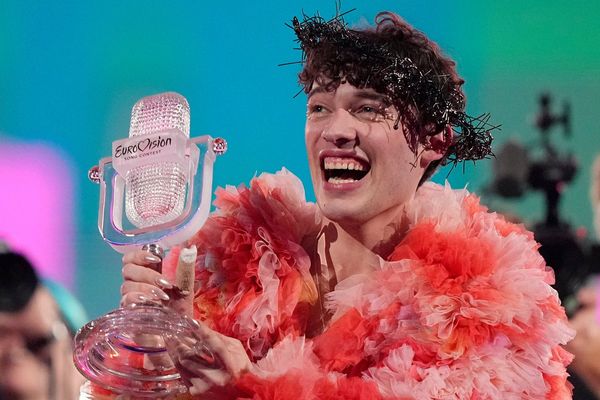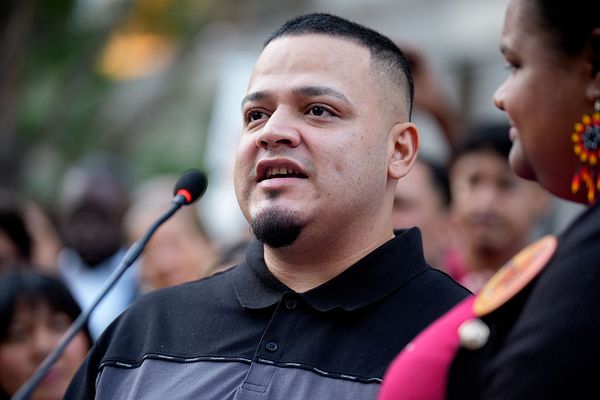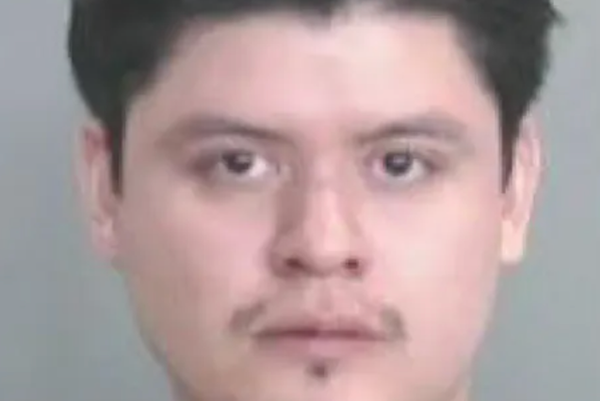A South Australian First Nations leader is calling for additional cultural healing sites to be opened across the nation.
Berri Barmera Council has marked Reconciliation Week with the unveiling of a cultural healing site, Healing Place.
Cultural safety officer Tyson Lindsay said the timing was unintentional but welcome.
"The opening happened organically and just happened to be Reconciliation Week which gives it a special timing," he said.
Its proximity to Barmera Hospital creates an inviting community space for people waiting for medical appointments, treatment, and for hospital visitors to spend some time in often anxious circumstances.
Mr Lindsay said Healing Place also represents one of the pathways towards a reconciled Australia.
"I would like to see an uptick in these places, not just in South Australia but in the nation," he said.
"We've been trying to reach reconciliation for some time now and we need to look at new creative ways to get there.
"We are a lucky country and we're lucky to share it, so we have an obligation to build a better future and take the right steps towards it."
The River Murray and Mallee mathawi, or land leader, said more needed to be done to bridge the divide between First Nations peoples and healthcare outcomes for other Australians.
"You look at the statistics around First Nations peoples, we do struggle in a lot of areas," he said.
"The old models aren't working so we need to be innovative and use different methods."
On the hunt for healing
In Mount Gambier, healing circles have been built at the Pangula Mannamurna Aboriginal Corporation's home to pass on the traditions of local Aboriginal people to help with the healing process.
The three circles represent the three message sticks which guide cultural governance for the Boandik people of the Lower South East area.
First Nations people of the South East elder Doug Nicholls said the first is for "ceremonial talk" and is for discussing problems with relevant elders and people, whether they be men's or women's business, or land and hunting questions.
The second circle is for "hunting and gathering" — using the knowledge of elders and the community to find solutions.
Finally, once the first two circles have been worked through, the community can enter the "song and dance" circle where people can pay respects to the knowledge and stories that helped heal them.
Uncle Doug said it was important people go through the entire healing process.
"We've got to make sure once we've done the talking that we're talking to the right people who know the business about what the medicines are, where to go to get the right treatment, and right stories for the value of the health treatment," he said.
"You've got to make sure you know that before you go hunting and gathering."
Working with culture
Pangula Mannamurna holds open days where it invites community members, including health workers and police officers, to learn about the yarning circles.
Limestone Coast Local Health Network Aboriginal Health director Kathy Edwards said better health outcomes can come from healthcare workers understanding Aboriginal culture.
"The cultural competency and awareness is more generalised because they could go anywhere, and they need to at least have some of the basics of working with Aboriginal people," she said.
"We can give them the basics of talking to Aboriginal people and explaining why, for instance, we don't have eye contact.
"Take your time, have a yarn with people, instead of being really medical and meeting those KPIs.
"You'll meet them [the KPIs] but just slow down and have a yarn."







